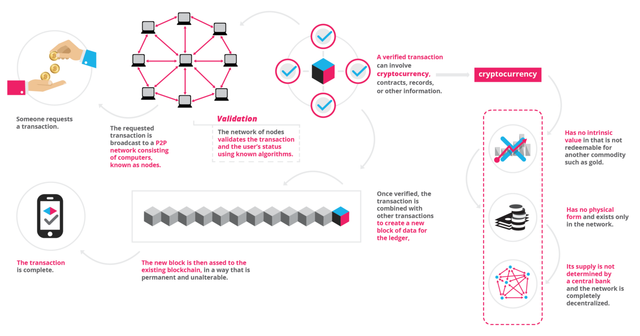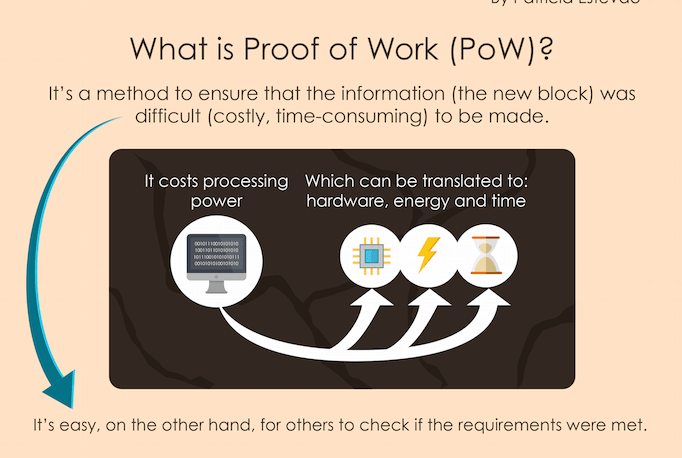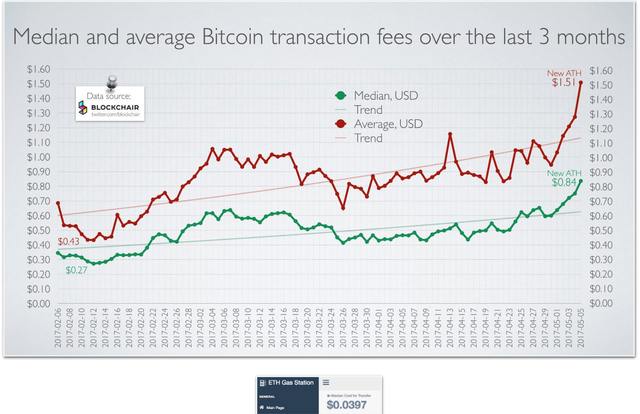
Blockchain is a distributed network that relies on “decentralized consensus” across many nodes. In Bitcoin — it is a literal record of all transactions that have taken place, and this record cannot be altered/tampered with since each node (computer) in the system as a record of the blockchain.
This means, if 99% of all the nodes connected within the Blockchain network were destroyed, the record of transactions would still be safe as that last 1% would have a copy of the transactions to share with new nodes.

As described by William Mougayar, Venture advisor, 4x entrepreneur, marketer, strategist and blockchain specialist.
“The traditional way of sharing documents with collaboration is to send a Microsoft Word document to another recipient, and ask them to make revisions to it. The problem with that scenario is that you need to wait until receiving a return copy before you can see or make other changes because you are locked out of editing it until the other person is done with it. That’s how databases work today. Two owners can’t be messing with the same record at once.That’s how banks maintain money balances and transfers; they briefly lock access (or decrease the balance) while they make a transfer, then update the other side, then re-open access (or update again). With Google Docs (or Google Sheets), both parties have access to the same document at the same time, and the single version of that document is always visible to both of them. It is like a shared ledger, but it is a shared document. The distributed part comes into play when sharing involves a number of people.”
There are plenty of magical use cases for Blockchain technology, including Decentralized Applications (DApps) and even Decentralized Autonomous Organizations (DAOs).
The PROBLEM with this system is that for each transaction, there is an associated fee, because Blockchain systems are “Proof of Work” environments — meaning each transaction needs to be verified and added to a “Block” (a group of transactions), which is then added to a “Chain” (a chronologically arranged list of “Blocks”). These transactions are verified via the processing power of other computers on the network (“Miners”), which then add that “Block” to the Chain of past processed Blocks of transactions. As a reward, those computers get Bitcoin (12.5 BTC currently to be exact — or approximately ~$21,250.00).

But this is unsustainable. It means that you have to spend money when testing transactions on Blockchain based environments like Ethereum, and, with more users on your network, transaction costs increase and the average transaction time increases (due to decreasing affordability).

So how will this be solved? How can we keep the magic that Blockchain applications bring to the world? Well environments like IOTA Tangle seem to have been working on next-generation methods of processing transactions (meaning any action) without fees or mining.
Regardless, Blockchain and cryptocurrencies is and will change the world forever — in every industry. How will your business keep up?
Robert Greenfield is a Certified Bitcoin Professional, Cisco Software Engineer, and Blockchain specialist with work experience @Goldman Sachs, American Express, and Teach For America. Follow him on Twitter @RobTG4
Great article =)
Thanks!
Downvoting a post can decrease pending rewards and make it less visible. Common reasons:
Submit
Man your an amazing writer. Great article!
Downvoting a post can decrease pending rewards and make it less visible. Common reasons:
Submit